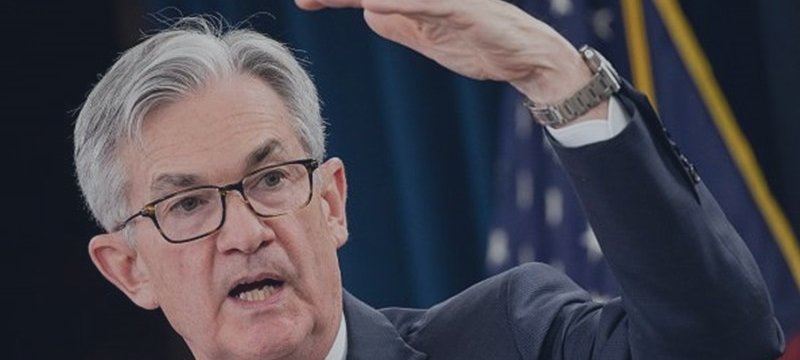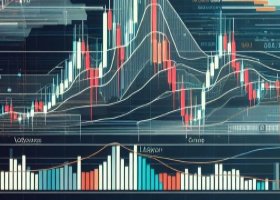
The U.S. FOMC was not as hawkish as expected, leading to a weaker dollar. There were also movements reminiscent of inter
Yesterday, the results of the highly anticipated U.S. FOMC meeting were announced. The policy interest rate was kept unchanged for the sixth consecutive time as expected. The statement added that there has been a lack of further progress towards the 2% target in recent months, which is somewhat hawkish. However, during Chairman Powell's press conference, he mentioned that there are paths to both cutting and not cutting rates, without going as far as some market participants had hoped regarding rate hikes. Overall, the tone was not as hawkish as some might have expected, leading to a reaction favoring selling the dollar.
More surprising to the market than the FOMC outcome was the sharp drop in USD/JPY. Around 5 AM Tokyo time, after the post-FOMC movements settled, the pair fell from the 157 range to around 153.04, reminiscent of intervention movements. It then rebounded to around 156.28 in the Tokyo market, but has since softened back into the 155 range.
There has been no change in the interest rate differential between Japan and the U.S. The principle that investment capital moves from low-interest countries to high-interest countries will likely continue to operate. However, if we assume that this week's rapid yen buying was due to intervention by the Japanese government and the Bank of Japan, it might also indicate an intent to adjust levels. The market is carefully watching how far the yen might strengthen.
Tomorrow, one of the most highly anticipated U.S. economic statistics, the U.S. employment statistics, will be released. With the Tokyo market closed on the 3rd and 6th, the U.S. employment statistics will be announced during NY time, just before the weekend. There might be caution about intervention speculations during the thin trading conditions of NY afternoon and early next week in Asia.
Upcoming economic indicators in the international market include the U.S. trade balance for March, the preliminary U.S. nonfarm productivity index for Q1 2024, U.S. initial jobless claims for April 21-27, U.S. factory orders for March, U.S. durable goods orders (final) for March, and Canada's international merchandise trade for March.
In terms of speeches and events, the OECD economic outlook, a speech by ECB Chief Economist Philip Lane, and earnings announcements from U.S. companies such as Apple, Moderna, Amgen, and Coinbase are scheduled.
As expected, the overly anticipated remarks on U.S. rate hikes did not materialize, leading to a correction in dollar buying. Today, continued strong selling of the U.S. dollar is anticipated.


